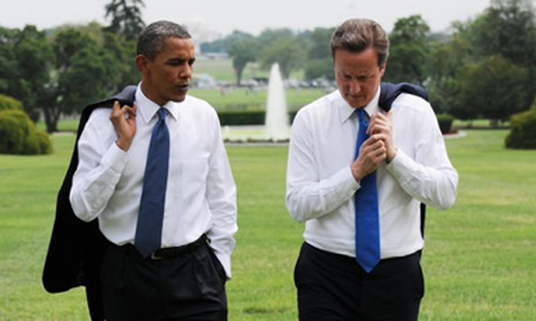5 Important Concepts of Design for every 'Non-Designer' Design Thinking Practitioner
Design Thinking emanated out of Industrial Design. The complex world of design had to be flattened out into seemingly few simple steps for the wider businesses and organizations to adopt it. Thousands have lined-up taking myriad online courses on Design Thinking. But many have already realized that ‘online learning’ is nowhere close to ‘hands on’ experience. It is like taking swimming lessons ‘online’ without dipping into the pool. However, now that we have some critical mass of early practitioners of Design Thinking ready, it is important that a few advanced concepts that have been the corner-stone of Design practice all this while, are understood and practiced.
PATTERN READING
Birds of a feather, flock together. This simple principle from nature, applied to business as pattern-reading provides great leverage points. Apart from the ‘user’ focus or ‘human-centricity’, no other concept is as central to Design Thinking as ‘pattern reading’. Cluster Analysis or Affinity Map in Design Thinking relies only on pattern-reading. All the rich entrepreneurs we keep following on social media, are known to be excellent pattern readers. Good politicians are known to read patterns in public opinions. Design Thinking picks up this key concept from design and democratises it by laying out a format for making everyone a good pattern reader.
DESIGN LANGUAGE
People into advertising and graphic design call it ‘brand language’. The purists in Design call it ‘semiotics’ (science of coding and understanding symbols and signs/shapes/structure of things around us). When we look at all the products of Apple, we see the style/shape/interactions in a seamless continuum across its range. It is following a Design Language set by its creator. In contrast to that, products from HP, IBM, Dell do not follow a single design language. A uniform Design Language brings ‘assurance of known’ to the user. When a leader wants an organization to become a ‘creative thinking organization’, he/she is looking for a ‘mantra’ that can be infused in the daily routine of its people. Design Thinking provides that. But how do a company’s ‘core values’ interact with it? How should the new creative work culture reflect into the furniture? What style the company website and promos must take on to reflect the new? How should a salesman’s interaction with the potential client, change to reflect the new code? Concept of design language, then translates into brand language as manifestation of a culture.
Figure and Ground
Visual designers are taught Gestalt laws or principles, which are heuristic rules that have been extracted from the science of human visual perception. When a common man says, a composition is ‘looking nice’, the designer would have followed these basic rules/laws of perception. They can be applied to make the title on a paragraph in your PowerPoint presentation appear more emphatic, to putting the label on a finished product at the most effective spot, to organizing the layout of people in a political rally for maximum effect. One of these laws is that of ‘figure and ground’ and the most famous examples of this is Fedex logo, hiding the arrow in negative spaces. This points to a subtle and powerful fact about ‘insights’, which may be residing in the ‘spaces’ between what users ‘say’ or ‘do’.
ASYMMETRIC BALANCE
This one is another important principle in visual design. It is easy to make a balanced picture by putting things in the dead centre of a page or a space. But how do you balance a picture when one important element is off centre or disproportionate in size? How can one balance a large black dot with a small red dot in given white space? How does this add up to a business strategy at all? How does an old timer with experience balance out a new age creative thinker?
(large image of glass jar on the left can be visually balanced by small text in the center right. The reason is that right side has higher priority for visual perception).
BRANDING
Branding is a big word and a big world by itself. Simplest ever definition of branding I came across was not 'burn mark' (which it originally meant) but it was 'Keep the Promise'. The 'promise' is a strong statement. However, the important art that needs to be learnt in current context is that of extraction of a central message/name/phrase or the ‘brand message’ for a given situation. Ability to name ‘personae’ in the empathic research and later the ability to cluster the insights into a tangible direction, need that sharp brand-thinking skill to come to work. It may be worth checking out wiki entries for the following– What is a brand; Brand character; how to design a good brand tagline; how to find a good brand name, brand architecture; brand message; branded house & house of brands.
Design Thinking is ‘necessary’ condition for a creative solution but not ‘sufficient’. A lot more stuff needs to be adopted from the wider discipline of design, to make the things truly ‘beautiful’. As the buzz of Design Thinking settles into concept maturity, I am sure there will be deliberations on ‘Design Doing’ further.






